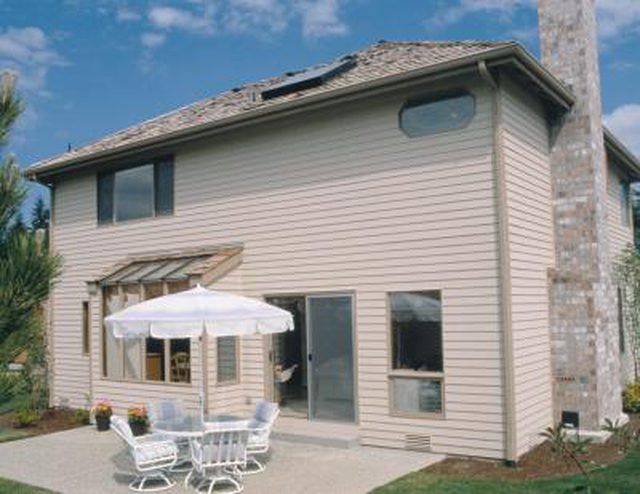Bulbs
Flower Basics
Flower Beds & Specialty Gardens
Flower Garden
Garden Furniture
Garden Gnomes
Garden Seeds
Garden Sheds
Garden Statues
Garden Tools & Supplies
Gardening Basics
Green & Organic
Groundcovers & Vines
Growing Annuals
Growing Basil
Growing Beans
Growing Berries
Growing Blueberries
Growing Cactus
Growing Corn
Growing Cotton
Growing Edibles
Growing Flowers
Growing Garlic
Growing Grapes
Growing Grass
Growing Herbs
Growing Jasmine
Growing Mint
Growing Mushrooms
Orchids
Growing Peanuts
Growing Perennials
Growing Plants
Growing Rosemary
Growing Roses
Growing Strawberries
Growing Sunflowers
Growing Thyme
Growing Tomatoes
Growing Tulips
Growing Vegetables
Herb Basics
Herb Garden
Indoor Growing
Landscaping Basics
Landscaping Patios
Landscaping Plants
Landscaping Shrubs
Landscaping Trees
Landscaping Walks & Pathways
Lawn Basics
Lawn Maintenance
Lawn Mowers
Lawn Ornaments
Lawn Planting
Lawn Tools
Outdoor Growing
Overall Landscape Planning
Pests, Weeds & Problems
Plant Basics
Rock Garden
Rose Garden
Shrubs
Soil
Specialty Gardens
Trees
Vegetable Garden
Yard Maintenance
How to Enlarge a Concrete Patio With Pavers
How to Enlarge a Concrete Patio With Pavers. Sometimes the basic concrete patio that comes with a home just isn't big enough for entertaining, but adding onto concrete with more concrete is an undertaking you may not be willing to delve into. That's where pavers come in handy. Premade and easy to work with, pavers come in a variety of shapes,...

Sometimes the basic concrete patio that comes with a home just isn't big enough for entertaining, but adding onto concrete with more concrete is an undertaking you may not be willing to delve into. That's where pavers come in handy. Premade and easy to work with, pavers come in a variety of shapes, colors and patterns to fit in with all sorts of landscaping designs. Adding them to edges of a pre-existing concrete surface helps you gain the space you require to enjoy outdoor living.
Things You'll Need
Pavers
Wood stakes
Twine
Hammer
Shovel
Gravel
Compactor
Landscape edging
Sand
Spacers
Level
Rubber mallet
Broom
Watering hose
Set a row of pavers out on each side of the existing patio to gauge how much bigger you want to make the surface area, then play with the paver arrangements until you see the shape and size you desire. Don't forget to account for the 1/4-inch gap between pavers! Use wood stakes and twine to mark the new area and set aside the pavers.
Dig out any landscaping and grass around the patio and set it aside for use in other areas of the yard. Dig the area down to the height of the paver plus 6 inches.
Fill in the dug area with 2 inches of gravel, then compact it. Walk a compactor back and forth of the gravel in rows, going over the entire area twice. Repeat this process, making for a total of 4 inches of gravel.
Set landscape edging along the inside dirt walls of the dug area. To anchor it, tap the spikes that come with the edging into the soil on the outside of the paver area.
Fill the paver area with 2 inches of sand and repeat the compacting procedure.
Place a paver on the sand next to the patio edge. The paver should be just slightly proud of the concrete patio. If it is too low, add sand to the area until the paver is even with the concrete. Most patios are not flush with the ground, so odds are that you will need to add 1/4 to 1/2 inch of sand to level the pavers with the patio. If you add sand, repeat the compacting to firm up the surface.
Place pavers on the sand, starting at one corner of the patio. Set the pavers in rows, leaving 1/4-inch gaps between them. Use spacers if necessary to maintain uniform gaps. Tap each paver lightly with a rubber mallet to "set" it into place.
Keep the pavers level as you place them. Tap a paver down into the sand harder if you find it is built a little higher; add sand underneath if one is thinner than the rest. Continue placing pavers until the area is filled.
If you used spacers, remove them now. Spread additional sand over the paver surface and sweep it around, working it into the gaps. Spray the the surface lightly with water to settle the sand. Add more sand to finish filling the gaps completely.